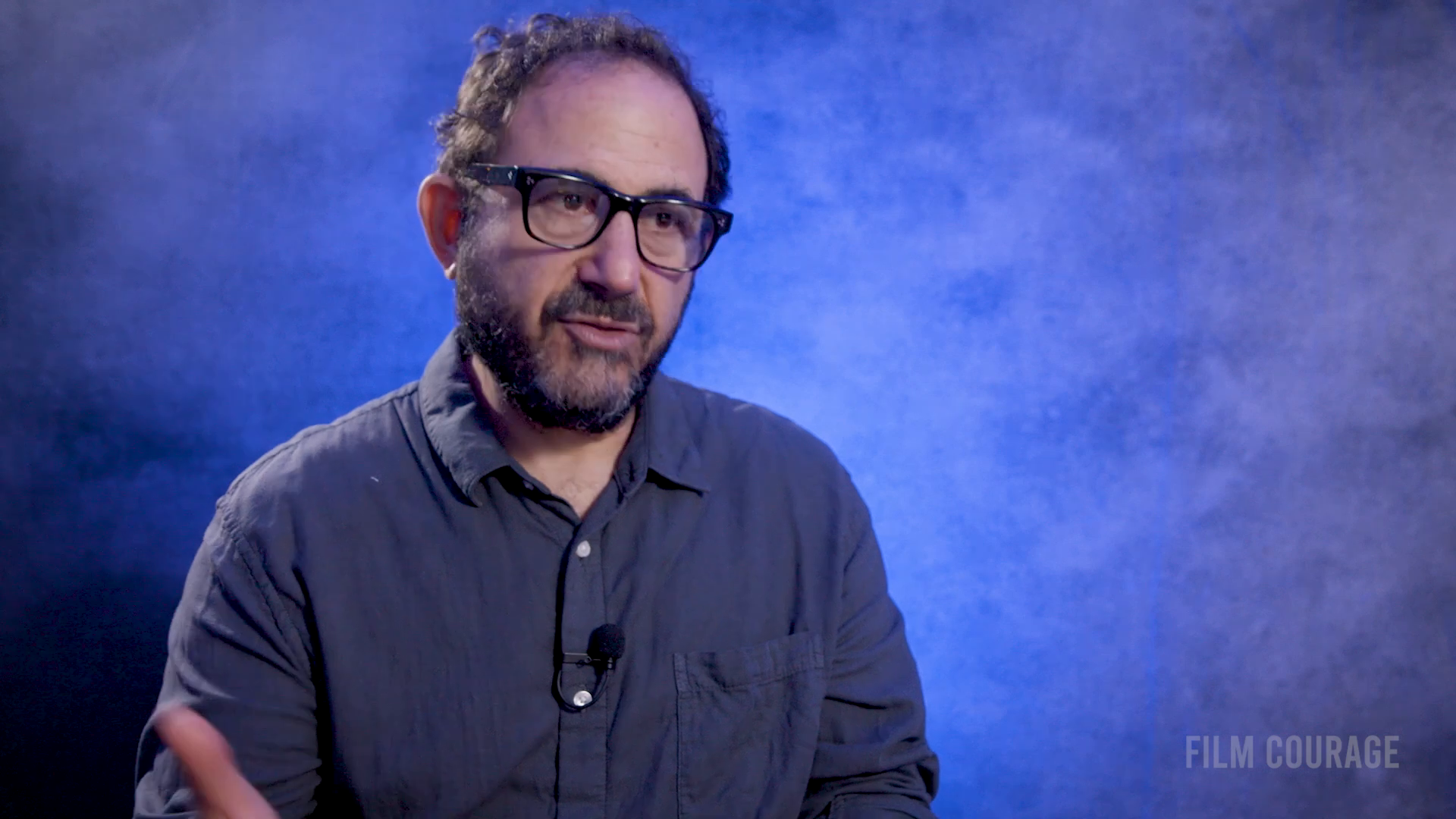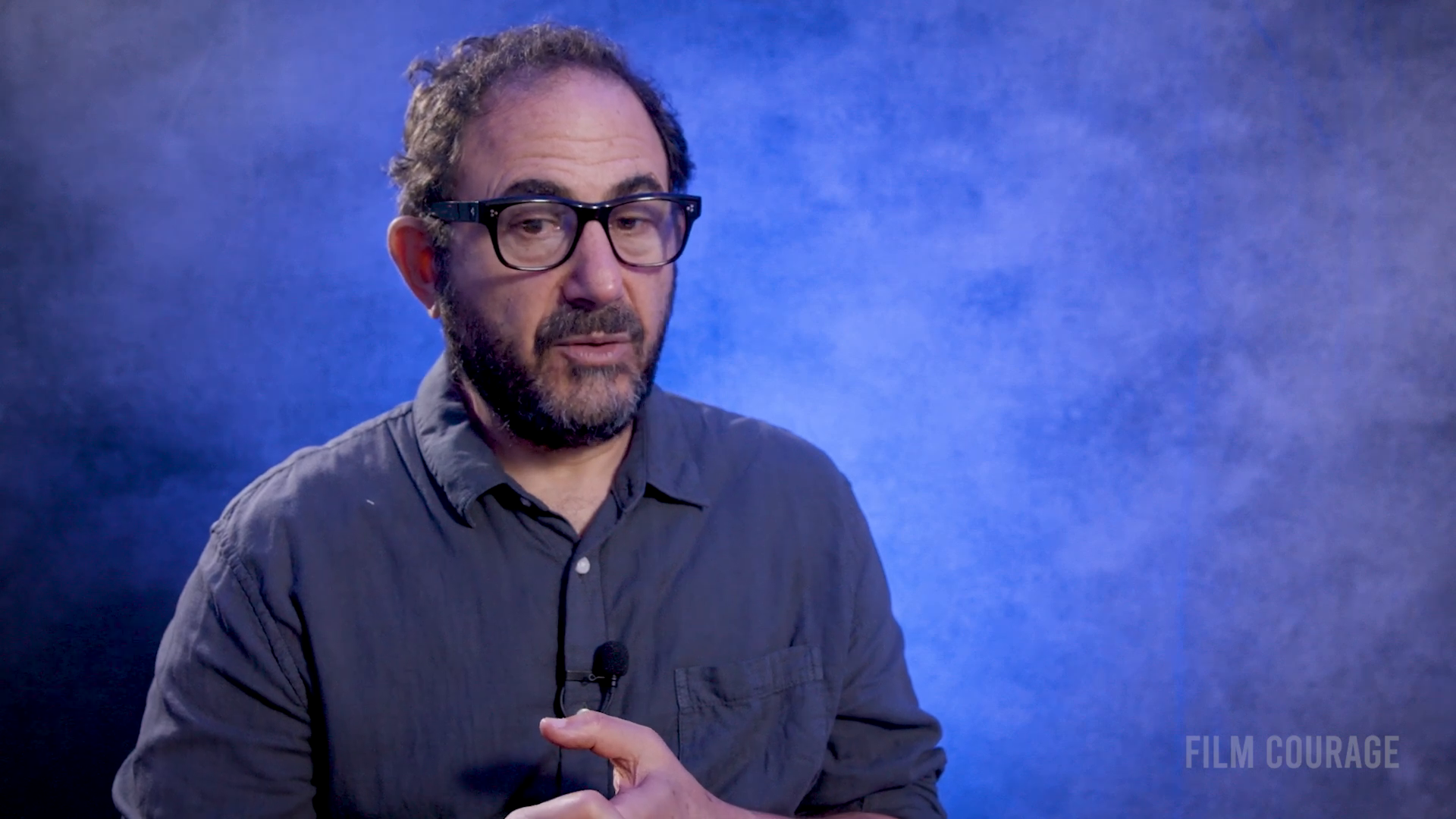
Navigating the Challenges of Film Marketing and Distribution
The Excitement of Marketing in the Film Industry
Marketing in the film industry is a dynamic and thrilling endeavor, primarily because it revolves around the art of connection. As the speaker highlights, the essence of marketing lies in linking a film with its audience, a task that is both crucial and challenging. This connection is vital for filmmakers who strive to ensure their creations are seen and appreciated by the right viewers.
In today’s world, where content is abundant and diverse, breaking through the noise to capture audience attention is more difficult than ever. While distribution has become relatively straightforward, marketing remains the more complex aspect. The challenge lies in standing out amidst a plethora of engaging options available to audiences.
“What excites you about marketing? I think what excites me about marketing is that, to me, marketing is about connecting with an audience and connecting a film to an audience.”

Understanding Your Audience
In the realm of marketing, especially within the film industry, understanding your audience is crucial. The challenge lies not just in breaking through the noise that surrounds people daily, but in reaching the specific audience for your film, music, or art. While it might seem that your audience is everyone, this is rarely the case.
“It’s important to understand, and part of marketing is understanding who your audience is and then how do you connect with them.”
Identifying your target audience is the first step. Once you know who they are, the next step is to connect with them effectively. This involves understanding the value you provide to them. It’s essential to think positively about what you offer, ensuring that people will engage with your content and want to see your film.

The Evolution of Film Distribution
The landscape of film distribution has undergone significant changes over the past few decades. Historically, the system has faced numerous challenges, and many in the industry have described it as “broken” for at least fifteen years, dating back to around 2007 or even earlier. Despite these challenges, there has been a continuous effort to innovate and experiment with new tools and techniques.
The advent of digital tools has played a crucial role in transforming film distribution. These tools have empowered filmmakers by providing alternative avenues to reach audiences without relying solely on traditional gatekeepers. While the democratization of film was expected to eliminate the need for these gatekeepers, they still exist. However, the tools available today allow filmmakers to bypass them more effectively than ever before.
“Distribution is relatively easy and has been for some time now. It’s marketing that’s hard.”
Currently, the state of film distribution is such that getting content out into the world is more accessible than ever. The real challenge lies in capturing the audience’s attention amidst a sea of content. The abundance of available content makes it difficult to stand out and monetize effectively. Despite these hurdles, there remains potential for great success for those who can navigate the complexities of modern marketing.

Marketing Strategies for Independent Films
Marketing independent films presents unique challenges and opportunities. With fewer resources compared to major studios, independent filmmakers must be innovative and strategic in their approach. This section explores effective marketing strategies that can help independent films reach their audience.
The Role of Marketing Materials
A crucial aspect of marketing is the creation of compelling materials. As noted, “Part of marketing is the materials, obviously. So the trailer, the key art, the extra content.” These elements are essential in capturing the attention of potential viewers. Trailers and posters serve as the first impression and must be engaging and memorable.
Importance of Extra Content and Online Presence
In today’s digital age, maintaining a strong online presence is vital. Extra content, such as behind-the-scenes footage, interviews, and interactive media, can enhance audience engagement. Social media platforms offer a space to share this content and connect with fans, creating a community around the film.
Use of Email Lists and Affiliate Marketing
Building and utilizing an email list allows filmmakers to communicate directly with their audience. This direct line of communication can be used to share updates, exclusive content, and promotional offers. Additionally, affiliate marketing can expand reach by partnering with influencers or platforms that align with the film’s themes or target audience.
Challenges in Distribution
The pandemic has impacted the distribution landscape, particularly for independent films. The closure of many independent art houses has reduced the number of available screens, making theatrical releases more challenging. Despite these hurdles, some films can still benefit from a theatrical release, provided they have the resources and strategic planning to navigate this tough landscape.
Learning from Experience
Reflecting on past projects, such as the documentary “Bomb It,” can provide valuable insights into effective marketing strategies. The experience of marketing this film highlighted the importance of understanding what works and what doesn’t, leading to a more informed approach in future projects.

Lessons from ‘Bomb It’ and Other Projects
The marketing strategy for the film ‘Bomb It’ offers valuable insights into the creative and logistical aspects of promoting independent films. A key element of the marketing plan was the use of iconic imagery, particularly through collaboration with renowned artists like Shepard Fairey. The intention was to create a memorable and impactful visual identity for the film.
“I wanted Shepard Fairey to do the poster, because he’s great. But I also knew that it would be an iconic image that would help spread the brand of vomit around.”
The marketing efforts extended beyond traditional trailers to include a variety of short content pieces. These were initially created for an online platform called Babblegum, which not only funded the project but also helped in promoting these pieces. This approach highlights the importance of diversifying content to reach broader audiences.
Additionally, the film’s marketing strategy included building a robust email list and leveraging affiliate marketing, which was more prevalent at the time. The concept of “film drops,” akin to music drops, is being explored as a potential revival of affiliate marketing in film distribution.
Influencers and partnerships played a significant role, even before the influencer marketing trend took off. Collaborations with street art influencers and brands helped in reaching niche audiences. The use of street teams was another tactic employed, particularly effective for films centered around subcultures.
Merchandising, such as T-shirts and stickers, was also part of the strategy, though it served more as a product line than a direct marketing tool. The lesson learned was the importance of aligning merchandise with the target audience’s preferences.

Reflecting on these experiences, the importance of understanding the audience and choosing the right marketing tools becomes evident. The case of ‘Bomb It’ illustrates how creative marketing strategies can effectively engage audiences and enhance a film’s reach.
Balancing Creativity and Marketing

Balancing creativity and marketing in the film industry is a complex yet rewarding endeavor. The speaker shares their journey of discovering a passion for distribution and marketing, realizing they had a knack for connecting films to audiences. This newfound interest became a significant part of their life, sometimes even taking over.
“I enjoyed this other part of filmmaking, which is distribution and marketing, and that I had a knack for it.”
The challenge lies in maintaining a balance between creative pursuits and marketing efforts. The speaker discusses the tension between helping other filmmakers and staying true to their creative roots. This balance is crucial, as both aspects contribute to their livelihood and personal fulfillment.
Over the years, the speaker has been involved in various projects, including producing films and developing documentaries. They also ventured into podcasting, which offers a quicker, more flexible way to express creativity compared to the lengthy process of documentary filmmaking.
A recurring theme is the struggle with work-life balance, or as the speaker puts it, “work-work balance,” which involves managing collaborations with other filmmakers alongside personal creative projects. The speaker humorously recounts a tarot reading that highlighted stress management as a key focus, reflecting the ongoing challenge of juggling multiple responsibilities.
Ultimately, the speaker embraces the idea of making the most of life by pursuing diverse interests, despite the occasional feeling of being overwhelmed. This approach underscores the importance of finding harmony between creativity and marketing in the dynamic world of filmmaking.


















